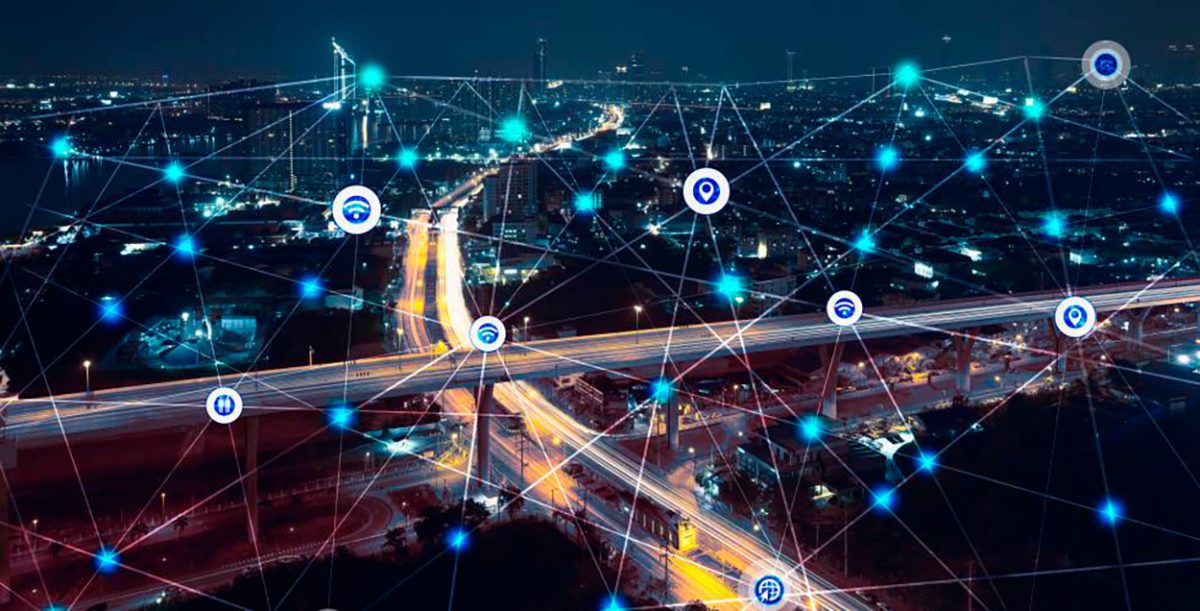One thing we cannot doubt is that the only thing that is permanent is change, which applies to everything. More than a year after the COVID-19 pandemic, we have confirmed that ecosystems are a necessity that must be constantly nurtured and hence LISA Gateway was born.
According to a material shared by Mckinsey, which was published in 2017, it was estimated that by 2025 digital ecosystems were going to move an economic amount of at least $60 trillion, or what is the same, almost 30% of the estimated global GDP at this date.
Lets talk about LISA Gateway
It is a technological enabler that makes it possible to automate and create a digital ecosystem, integrating a wide range of interconnected services to streamline intermediation processes and enable more efficient communication.
Each link in the chain will be free of friction and barriers between the actors that participate and interact in an interconnected environment: clients, brokers, brokers, reinsurers, insurers, startups and regulators.
LISA Gateway, within its CORE design, can handle different processes in an agnostic way by managing tasks, responsible persons and times, under a microservices architecture.
By taking advantage of existing technology, it has been decided to pivot the solution towards other industries. In these industries, the concept of process orchestration can be reused for the digitization of new customer onboarding processes, and processes that require analysis and configuration of decisional workflows.
LISA Gateway provides a technological enabling framework to quickly and easily implement digital processes. Typically we are talking about workflows that require or use document processing, as well as rules and integration with core legacy systems, as well as technology satellites where you can connect to APIs or WS.
Some examples of workflows are:
- Digital onboarding.
- Customer commercial validation.
- Product extension and sales.
- Digital post-sales management.
With all this we can see that in the insurance industry, most of the insurance companies and incumbents have a rigid CORE that manages the financial area very well, but then when it comes to bringing digitalization directly to the end customer, it does not behave in a very friendly way.
As a consequence, this results in the client feeling neglected by all the manual scaffolding needed to operate at the speed required by the insured (Immediacy).
Have you ever thought about the challenges currently impacting industries and their digitization? I recommend you to follow the topic in our next article 🙂 In a few days it will be available!
